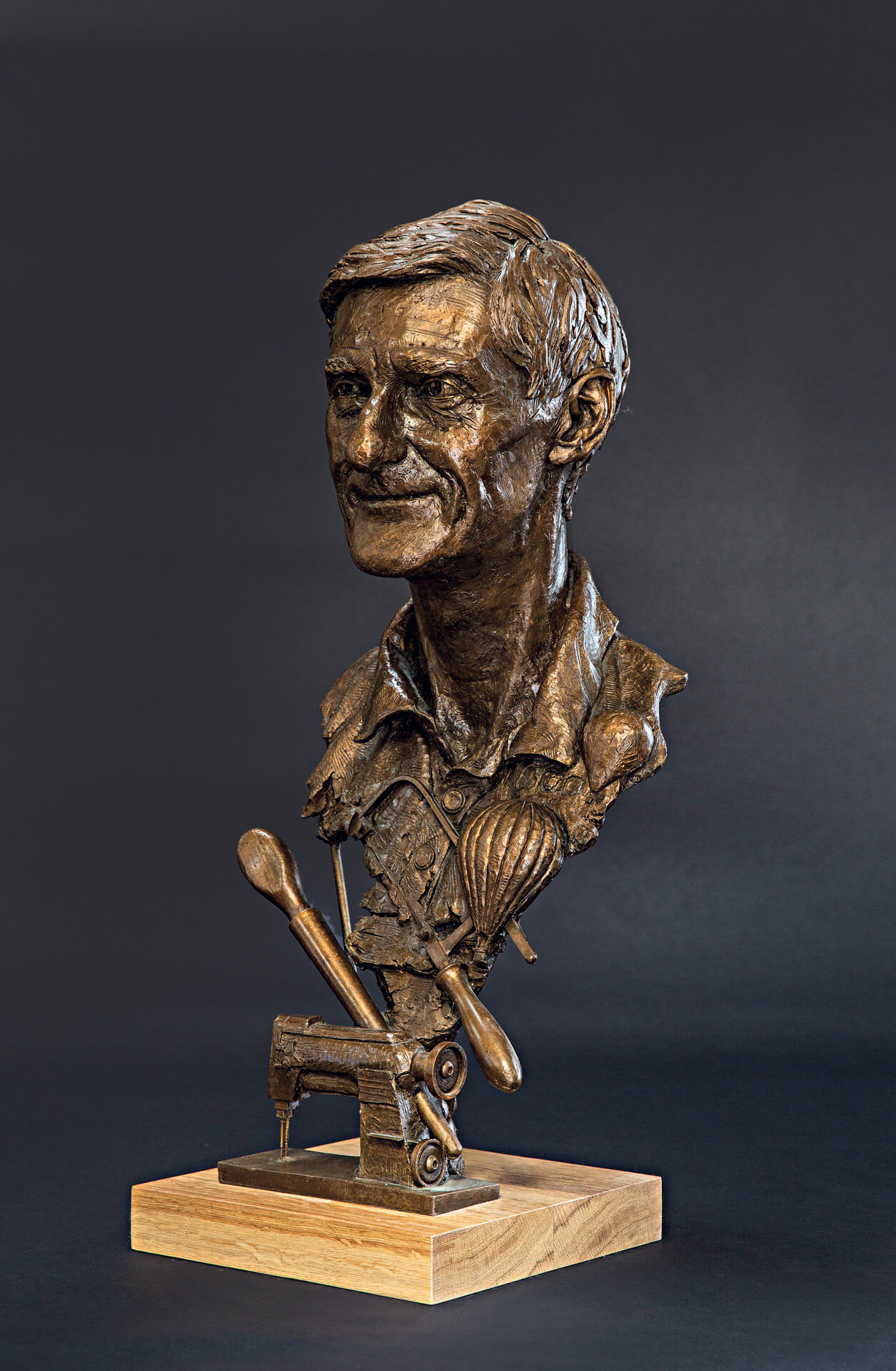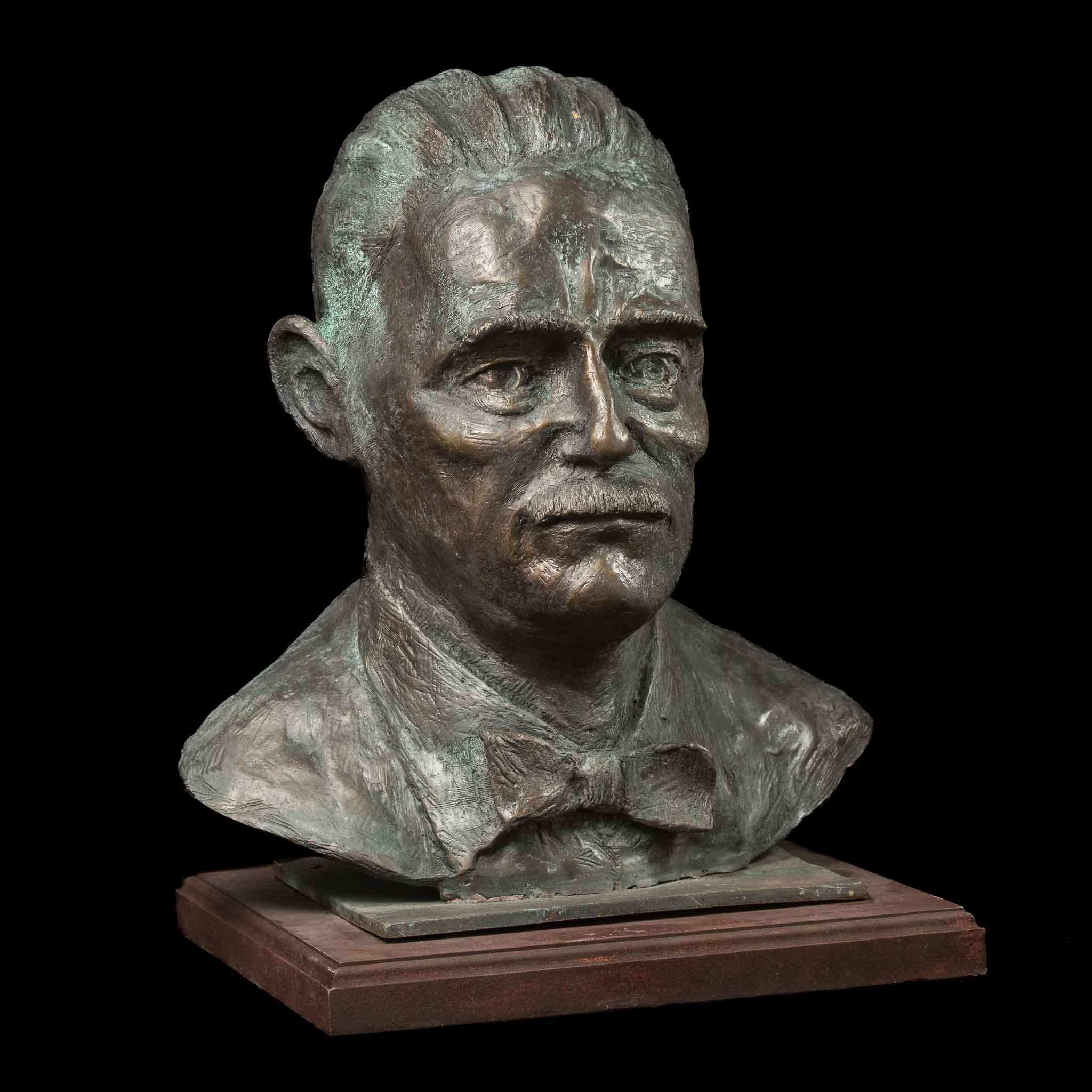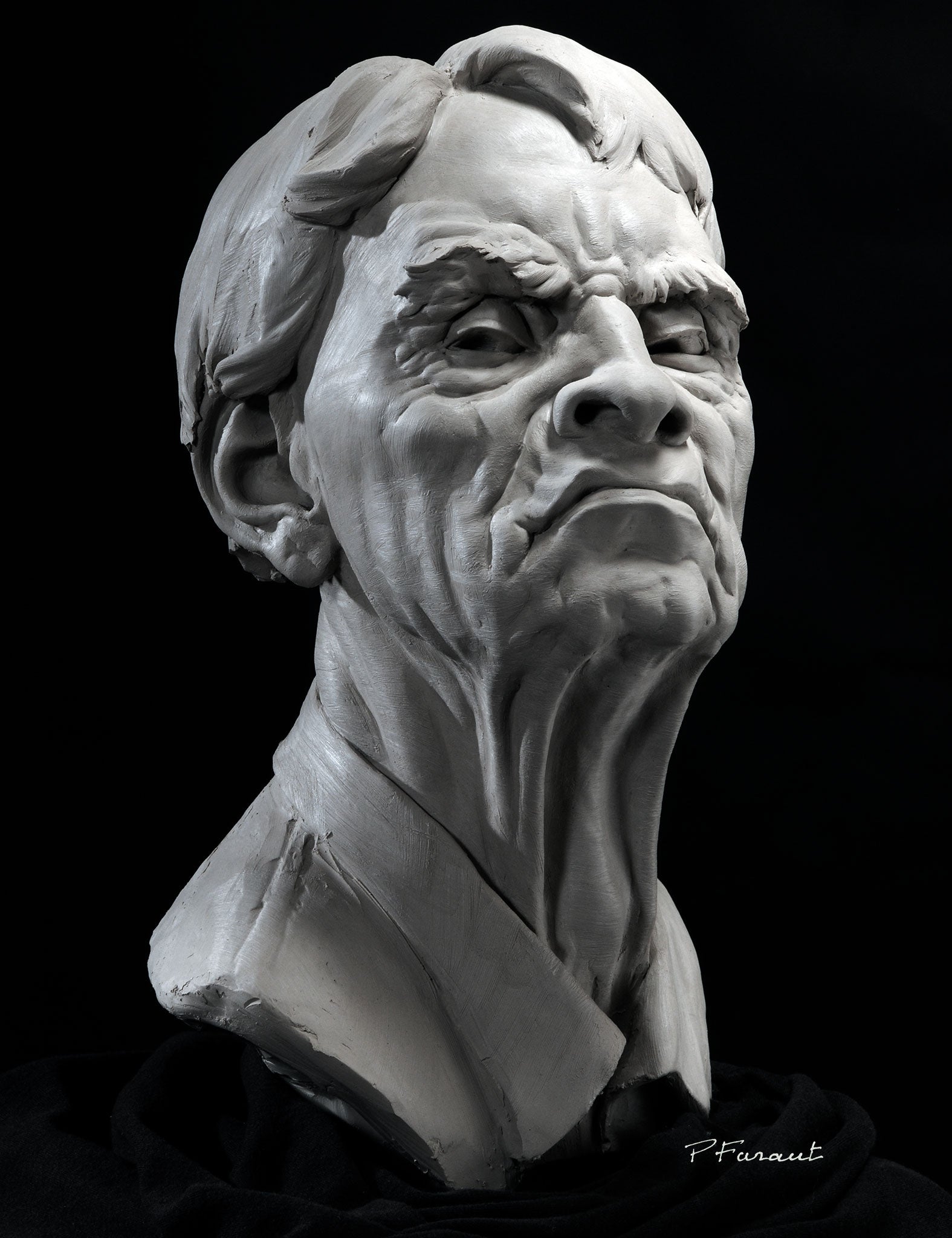Eternal Elegance in Bronze: Unveiling the Art of Bronze Sculptures
Wiki Article
The Influence of Nature in Sculpture Art
The influence of nature in sculpture art is a subject that has captivated artists throughout background. From old human beings to modern musicians, the environment has actually worked as a profound source of motivation. This influence is evident in the organic types and shapes that are commonly found in sculpture, simulating the curves and shapes of nature. Artists additionally check out structure and materials in their work, looking for to recreate the tactile top qualities of the environment. Significance of natural elements is an additional means in which nature influences sculpture, as artists imbue their creations with the definition and organizations intrinsic in these elements. The environment itself, with its landscapes, vegetation, and fauna, is typically shown in sculptures, offering a link to the world around us. Ultimately, sculpture art has the power to record the transience of nature, freezing a moment in time and permitting us to appreciate its beauty .Organic Shapes and forms
Organic forms and types, influenced by the detailed patterns and unified frameworks located in nature, play a crucial duty in the world of sculpture art. Carvers have long been astounded by the charm and intricacy of the all-natural world, discovering ideas in the stylish contours of a seashell, the fragile flowers of a blossom, or the turning branches of a tree. By imitating and extracting these natural forms, artists have the ability to create sculptures that stimulate a feeling of harmony and equilibrium.Among the factors natural forms and shapes are so common in sculpture art is their ability to get in touch with viewers on a deep psychological level. The environment knows to us all, and when we see these kinds represented in art, it elicits a feeling of comfort and acknowledgment. It reminds us of our place in the grand system of things and permits us to get in touch with something above ourselves.
Furthermore, natural forms and forms in sculpture art typically personify a sense of activity and energy. The flowing lines and vibrant compositions resemble the continuous activity and growth located in nature. This produces a feeling of vitality and brings sculptures to life, making them show up as if they might remain to progress and change before our eyes.
Appearance and Material Expedition
A considerable facet of sculpture art influenced naturally is the exploration of structure and materials with making use of various strategies and mediums. Artists often attract inspiration from the diverse appearances discovered in the environment, such as the harsh bark of a tree, the smooth surface of a pebble, or the detailed patterns on a leaf. By integrating these appearances into their job, artists can create a responsive experience for visitors, inviting them to engage with the art work on a sensory degree.Structure can be accomplished in sculpture with a range of techniques. Some artists select to carve or sculpt directly into the chosen material, creating a three-dimensional surface area that imitates the textures found in nature - Robert C Hitchcock Sculptor.
Product expedition is additionally a substantial part of sculpture art affected by nature. They might include all-natural components like branches, leaves, or also dirt into their sculptures, blurring the boundaries between art and the setting.
Meaning of Natural Environments
The unification of natural environments in sculpture art adds a layer of significance and deepness to the art work. By using materials discovered in nature, sculptors have the ability to imbue their productions with definition that reverberates with customers on an extensive level. Natural environments such as timber, stone, and plants have been used throughout background to communicate various symbolic messages.Sculptures crafted from this material can stimulate a sense of connection to the earth and the cycles of life. Sculptures sculpted from stone can signify the ageless nature of certain concepts or concepts.
Plants and blossoms are additionally regularly incorporated right into sculpture art, representing motifs of development, charm, and revival. The delicate petals and vivid colors of flowers can stimulate feelings of happiness, while the linking branches of plants can symbolize interconnectedness and unity.
Along with these all-natural materials, carvers might also utilize natural environments such as water, wind, or fire to additionally boost the symbolic message of their artwork. These elements can represent the transformative power of nature, the flow of time, or the forces that form our world.

Reflections of the Environment
Representations of the Environment can be seen in sculpture art through the consolidation of natural environments and the representation of eco-friendly motifs. Artists commonly draw inspiration from the atmosphere, using materials such as wood, rock, or perhaps recycled products to create their artworks. By utilizing these natural environments, they not just pay tribute to the environment but also produce a more powerful connection in between the art work and its environments.In enhancement to the materials utilized, sculpture art likewise mirrors the atmosphere with the representation of ecological motifs. Many sculptors choose to illustrate pets, plants, or landscapes read in their job, highlighting the appeal and delicacy of the environment. These sculptures act as tips of the relevance of preserving our environment and the need for sustainable methods.

In addition, ecological sculptures often intend to raise recognition concerning pushing environmental problems. They work as visual depictions of the influence of human activities on the environment, such as climate, deforestation, or air pollution modification. By portraying these issues in their art work, carvers really hope to inspire visitors to act and end up being more aware of their own ecological impact.
Recording the Transience of Nature
Sculpture artists further discover the influence of nature by skillfully catching the ever-changing and ephemeral aspects of the environment. Via their virtuosity, these artists intend to depict the fleeting elegance and transience of nature, evoking a feeling of wonder and contemplation in customers.One method which sculpture musicians catch the transience of nature is by making use of materials that are themselves based on decay and adjustment. Artists might choose to function with organic materials such as fallen leaves, flowers, or timber, which naturally degrade over time. This purposeful selection highlights the impermanence of nature and advises us of the inevitable cycle of life and death.
In addition, sculpture artists usually utilize techniques that produce a feeling of movement and fluidness in their job. By integrating moving lines and dynamic types, they convey the ever-changing nature of the natural globe. This can be seen in sculptures inspired by wind, water, or the development of plants, where the artist seeks to record the essence of consistent activity and makeover.
Additionally, some musicians pick to develop short-term or site-specific installments that interact with the environment. These ephemeral sculptures, made from materials such as light, ice, or sand, are deliberately made to gradually alter or vanish gradually. By welcoming the short-term nature of their productions, musicians welcome visitors to review the short lived beauty of the all-natural globe and the brevity of human presence.

Verdict
In conclusion, nature has an extensive impact on sculpture art (Robert C Hitchcock Sculptor). Appearance and product exploration better improve the link to nature, as artists usually integrate all-natural materials into their sculptures.
Importance of natural components is another method in which nature affects sculpture, as artists imbue their developments with the definition and associations intrinsic in these elements.A considerable facet of sculpture art influenced by nature is the exploration of structure and products through the use of numerous techniques and mediums (Equine Sculptures).Material exploration is likewise a substantial component of sculpture art influenced by nature.One way in which sculpture artists catch the transience of nature is by making use of products that are themselves subject to decay and change. Structure and product expedition further enhance the connection to nature, as artists commonly include all-natural materials into their sculptures
Report this wiki page